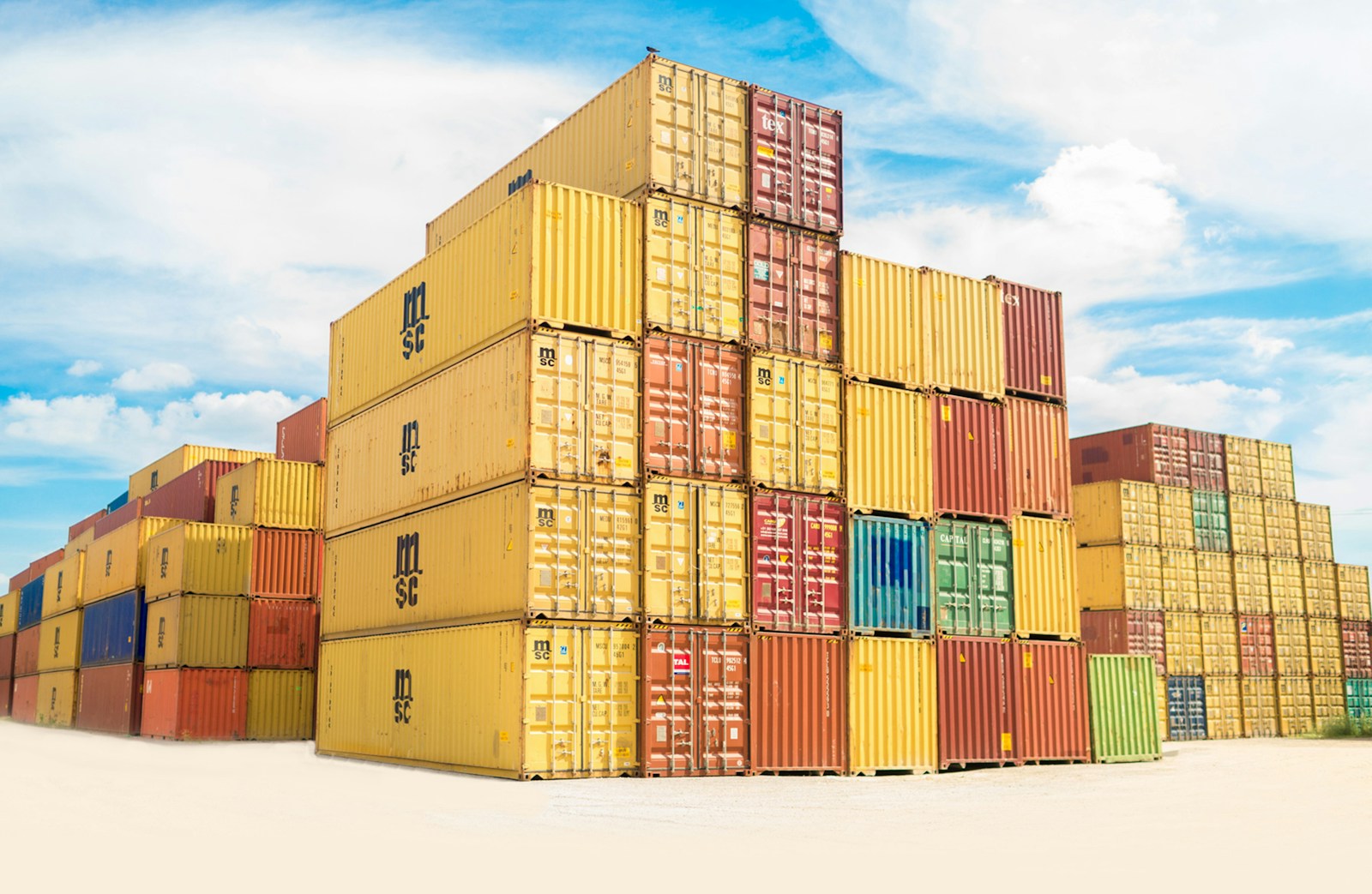How Reverse Logistics Can Improve Customer Satisfaction and Sustainability
In today’s fast-paced market environment, where businesses are always looking for ways to enhance customer happiness and uphold eco-friendly practices, one notable method involves utilizing reverse logistics. This technique revolves around managing the movement of goods from consumers to manufacturers aiding in processing returns effectively while also boosting customer satisfaction levels and promoting sustainability initiatives. By grasping the concept of logistics, companies can tap into a range of advantages that positively influence their business processes.
Understanding Reverse Logistics
Reverse logistics covers all steps involved in transporting products from end users to manufacturers or retailers. It includes activities like returns processing and recycling efforts to minimize waste and maximize value recovery. This is especially beneficial for businesses looking to operate more sustainably and cost-effectively than through traditional forward logistics practices.
The Benefits of Customer Satisfaction
Modern consumers expect top-notch customer service and speedy resolutions to problems they encounter. Reverse logistics is vital in meeting these demands by optimizing return procedures so that businesses can promptly address customer issues. This approach helps build trust and loyalty among buyers who value experiences.
Additionally, reverse logistics allows businesses to provide clear-cut return policies, leading to higher levels of customer satisfaction. When customers find it convenient to return items they don’t want, it builds a sense of trust that promotes purchases. This helps in nurturing lasting connections with clients, which in turn boosts brand loyalty and generates word-of-mouth promotion.
Enhancing Sustainability Efforts
Environmental sustainability has garnered attention among businesses nowadays. Reverse logistics offers an approach to attaining eco-friendly objectives through waste reduction and resource preservation. Businesses can introduce recycling and refurbishing initiatives to bring products back into circulation and lessen reliance on materials.
Moreover, the logistics process enables companies to enhance inventory control by pinpointing obsolete items. This stance aids in reducing wastage as products can be fixed, repurposed, or properly discarded. In the end, these initiatives play a role in fostering a greener tomorrow through lessening harm and encouraging resource use.
Cost Reduction and Efficiency
Another major benefit of logistics is the cost savings it offers companies. This is done by handling returns and refurbishments to cut down costs related to storage and transportation while improving supply chain efficiency through faster product reintegration or recycling.
Moreover, companies can use data from logistics to recognize trends and tackle problems. Examining this data helps businesses enhance procedures, fine-tune inventory control, and deploy budget tactics. These initiatives result in enhanced profits and increased operational effectiveness.
Building a Competitive Edge
Integrating logistics into business practices provides an edge in the market competition landscape as consumer demand for sustainability grows stronger over time. By showcasing a dedication to stewardship through the implementation of logistics tactics, businesses can set themselves apart from rivals and draw in eco-conscious clientele.
Moreover, trading entities have the ability to leverage logistics to improve the quality and innovation of their products. By examining returned goods, corporations acquire information about areas that can be enhanced. This cycle of feedback enables companies to enhance their products, making sure they satisfy consumer needs and uphold quality standards.
Implementing Reverse Logistics Strategies
To effectively implement reverse logistics, companies must first assess current processes and identify areas for improvement. Establishing clear communication channels between departments ensures seamless coordination while leveraging technology, which can enhance tracking and management capabilities. Automated systems facilitate efficient return handling, providing real-time updates and reducing human error.
Teaching staff about logistics techniques is crucial for making sure everything runs smoothly at work. Part of making this happen involves promoting a mindset that values sustainability and putting the customer first. This helps build a team that’s committed to reaching the company’s objectives. Collaborating with logistics partners can also bring in the know-how and tools needed to improve logistics processes.
In Summary
Implementing logistics offers businesses a chance to boost customer happiness and support eco practices at the same time. By adopting this method, businesses can elevate the quality of service, trim expenses, and play a part in building an environmentally friendly tomorrow. As customer demands change over time, integrating logistics into company plans becomes crucial for staying competitive and nurturing lasting prosperity. Businesses that value both customer satisfaction and environmental consciousness can establish sustainable systems that cater to all involved parties.





